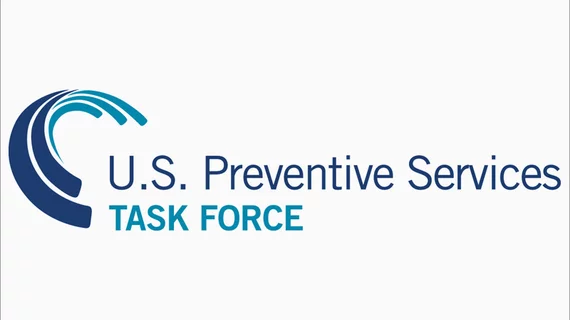The U.S. Preventive Services Task Force (USPSTF) issued a Grade D recommendation against screening with resting or exercise electrocardiography (ECG) to prevent cardiovascular disease events in asymptomatic adults at low risk of CVD events.
The recommendation was published in the Journal of the American Medical Association on June 12 and is an update to the 2012 USPSTF recommendation.
The USPSTF reviewers, led by Susan Curry, PhD, of the University of Iowa, conducted a reviewed of currently available evidence on whether screening with resting or exercise ECG can improve health outcomes compared to standard CVD risk assessment in asymptomatic adults.
They found it is “very unlikely” that ECG information from asymptomatic adults would result in a change in the patient’s risk category or even improve health outcomes.
Additionally, the USPSTF believes screening with resting or exercise ECG in asymptomatic adults can lead to small-to-moderate levels of harm. These harms may result from invasive procedures and overtreatment.
However, there are some physicians who believe ECGs may provide valuable information.
“For specific patients, resting and/or exercise ECG testing often reveals information that is quite useful in planning diagnostic and therapeutic strategies,” wrote Joseph S. Alpert, MD, of the University of Arizona Sarver Heart Center in Tucson, in an accompanying editorial. “For example, an irregular pulse might be the result of frequent atrial or ventricular premature beats, or the ECG might disclose the presence of atrial fibrillation. When the latter arrhythmia is discovered, a cascade of diagnostic and therapeutic interventions usually follow, resulting in a high likelihood of benefit for the patient.”
There are several tools currently available to estimate CVD risk including the Pooled Cohort Equations.
“Treatment to prevent CVD events by modifying risk factors is currently informed by CVD risk assessment with tools such as the Framingham Risk Score or the Pooled Cohort Equations, which stratify individual risk to inform treatment decisions. If existing CVD risk assessment tools could be improved, treatment might be better targeted, thereby maximizing the benefits of and minimizing the harms of screening,” the USPSTF wrote.
The USPSTF recommended identifying and treating “traditional, modifiable” CVD risk factors such as hypertension, abnormal lipid levels, diabetes, smoking habits, physical inactivity and diet to improve cardiovascular health.

